What do all the following foods have in common?
- Corn
- Tomatoes
- Potatoes
- Beans and legumes, particularly soy
- Nuts, especially cashews and peanuts
- Zucchini
- Bell peppers
- Eggplant
- Pickles
Stephen Gundry, author of “The Plant Paradox: The Hidden Dangers in ‘Healthy’ Foods That Cause Disease and Weight Gain,” will be only too quick to tell you.
Lectins.
In fact, in his book, Stephen Gundry warns that these “antinutrients” are the biggest dietary danger to our health. Why? For a few reasons:
- They bind to carbohydrates, slowing our ability to digest them and their accompanying nutrients.
- They stuff up our microbiome flora- the bacteria that live in our digestive system
- They increase gut permeability
- They are a major cause of obesity, chronic inflammation, and autoimmune diseases.
He warns us to remove lectins from our diets, and avoid foods such as potatoes and tomatoes, which are high in them.
But what does the science say? Are these claims backed by solid research?
Let’s find out.
Table Of Contents:
What Are Lectins?
Lectins, or hemagglutinins, are defined as proteins that bind to carbohydrates. They are found in all plants, but raw legumes like beans, lentils, peas, soybeans, and peanuts, as well as whole grains like wheat contain the highest amounts of lectins. There are thousands of kinds of lectins, and while they don’t have any nutritional value themselves, they are found in foods that have other nutritional benefits.
Lectins play various roles in the body. They are involved in immune functioning and cell growth. They also play a significant role in controlling inflammation in the body.
Lectins are not digested in the body. These compounds usually pass through our digestive system unchanged. Occasionally, however, if someone’s digestive system is impaired—for instance, from Crohn’s disease or another inflammatory condition—lectins sneak their way into the bloodstream. It’s there that lectins can cause problems.
Foods High In Lectins
Lectins are generally found in legumes, nuts, grains, fruits, and nightshade vegetables. While the amount of lectins in individual foods can vary greatly, generally these foods contain the highest amounts:
- Beans
- Peanuts
- Lentils
- Tomatoes
- Potatoes
- Peas
- Soy
- Barley
- Eggplant
- Fruits
- Wheat
- Rice
The Problem With Lectins
When ingested, lectins in their active state can cause negative side effects. Raw kidney beans, for example, contain a lectin called phytohaemagglutinin, which causes red blood cells to clump together. It can also produce side effects, such as nausea, vomiting, stomach upset, bloating, gas, and diarrhea. In fact, ingesting four or five raw beans can trigger these symptoms. And, in high doses, phytohaemagglutinin can actually be toxic.
Animal studies have found that active lectins may interfere with the absorption of minerals, especially calcium, iron, phosphorus, and zinc. Foods high in these minerals are often high in lectins too, which may prevent absorption and the use of these minerals in the body.
There have also been a few animal or in vivo studies conducted implicating lectins with inflammation. A 2017 in vivo study, for example, found that lectins may activate something called the NLRP3, which promotes inflammatory disorders. Some studies have also suggested lectins may trigger autoimmune inflammatory responses; however, the research is far from conclusive.
These problems are what have fuelled the anti-lectin movement.
However, most of the research that has been done involves animal studies. In fact, the evidence mostly consists of feeding rats large amounts of isolated lectins or raw kidney bean powder.
There is very limited research in humans on the amount of active lectins consumed in the diet and their long-term effects. When lectins have actually been put to the test in human trials using cooked beans, the alleged harmful effects are non-existent.
Also, lectins have been mostly studied in countries where malnutrition is prevalent, or where food variety is very limited and whole grains and legumes are important daily staples.
4 Health Benefits of Lectins
Now, while lectins may be problematic for a few people out there, the foods that are high in lectins are, for the most part, beneficial. Their advantages far outweigh any disadvantages and avoiding these foods means you would be removing from your diet some of the healthiest foods on the planet.
1. Lectins may prevent weight loss and protect against diabetes
It’s true that plant lectins bind to carbohydrates, which slows down their digestion, but is this such a bad thing? In fact, it lowers the glycemic index of carbohydrates, meaning that it causes a slower and lower rise in your blood sugar.
In many large population studies, lectin-containing foods like legumes, whole grains, and nuts are associated with lower rates of cardiovascular disease, weight loss, and type 2 diabetes.
2. Lectins may help treat cancers
Lectins found in soybeans, bananas, buckwheat, mushrooms, and many other plant foods have been found to have strong anticancer properties. Beans, for example, have been consistently shown to have very strong associations with lower rates of breast cancer.
A type of lectin found in mushrooms has been discovered to inhibit the growth of cancer cells. Tomatoes, which are high in lectins, are also highest in lycopene, which has extraordinary anticancer effects.
One 2017 report investigated how plant lectins are currently being used to treat several cancer types of the digestive system like the colon, liver, stomach, esophagus, pancreas, and small intestine. Some lectins are also used to detect and diagnose cancer cells, while some are used to deliver medications for cancer treatment as they are resistant to enzymes and pH in the body.
3. Lectins are also rich in disease-preventing nutrients
As mentioned previously, a lot of these foods high in lectins are some of the healthiest on the planet. This is largely because they are also rich in disease-preventing nutrients such as B vitamins, healthy fats, protein, fiber, and minerals.
Avoiding foods that contain lectins could lead to significant nutritional deficiencies. Eating more of these foods helps to reduce your risk for heart disease, cancer, type 2 diabetes, and neurodegenerative diseases to name a few.
4. Lectins may fortify the gut barrier
Although more research is needed in this area, the current studies suggest that lectins may promote the growth and integrity of digestive cells. For those who are at higher risk of becoming malnourished due to their inability to eat enough or eat for long periods of time, this could be especially beneficial. For example, the lectin phytohemagglutinin, has been shown to stimulate the growth of intestinal cells and strengthen the gut barrier.
Lectins And The Concept Of Hormesis
Lectins, like other phytonutrients, can be harmful in large doses (for example, when eating raw kidney beans) and beneficial in small doses; just like the difference between a glass of water to hydrate you and drowning in a flood.
This is due to a phenomenon called the hormesis effect, where exposure to a mild stress (in this case, lectins) can trigger healing responses in the body. The concept of hormesis states that when phytochemicals are consumed in modest amounts, they can activate beneficial biochemical pathways, yet if significantly over consumed, they can become toxic.
This is like the stress of lifting heavy weights that makes our muscle fibers respond by breaking down and then growing stronger. Without experiencing regular doses of hormesis, we can become fragile and weak.
Who Should Avoid Lectins?
While for the majority of us, lectins offer a greater number of advantages, despite their potential benefits, people who should avoid lectins include:
- Those with allergies to lectin-containing foods
- Those with a digestive sensitivity like IBS (irritable bowel syndrome) or IBD (inflammatory bowel disease)
- Possibly people with autoimmune disorders
The key lies in listening to your own body. Just as some people do have a sensitivity to wheat, corn, fruit, and tree nuts, some people do have a sensitivity to lectins. So, it’s best to monitor any side effects after eating lectin-rich foods and if they don’t sit right with you, you may want to consider reducing or avoiding them.
How To Reduce Lectins
So if you’re still worried now about consuming too many lectins, listen carefully.
Fortunately, your fear is largely uncalled for as most lectins are completely neutralized by cooking, especially high heat methods such as boiling or stewing. Even Dr Steven Gundry admits that when beans are pressure-cooked (like all canned beans are), they’re safe to consume.
In fact, one study showed that boiling of red and white kidney beans, notoriously rich in phytohemagglutinin, resulted in complete elimination of lectins.
You’ll only cross into problem territory if you eat a handful of raw kidney beans a day, and most people have never done this before. Even more comforting is the knowledge that beans are a staple of some of the cultures in the world who live the longest, such as the populations in Sardinia and Okinawa.
You can also soak and sprout your grains and beans before using them, and mechanically remove the outer hull of beans and wheat grains that contain the most lectins. 
The Verdict On Lectins
Now, while there is a small grain (pardon the pun) of truth in all diet trends, they are generally extrapolated and taken to the nth degree.
If you’re part of the groups of people who should avoid or reduce lectins, certainly do so. However, for most of us, the health benefits of consuming these foods far outweigh the potential harm of lectins in these foods.
These foods offer a plethora of beneficial vitamins, minerals and other phytonutrients that are great for our health. When it comes to adverse reactions to eating lectins, these can mostly be avoided by soaking them first and cooking them well.
For most people, most of the time, the truth remains that consuming a plant-based diet, including those with lectins, is the best way to fight disease and promote optimal health.
Recipe Spotlight: Easy Garlic Hummus
There’s a lot of controversy surrounding lectins, but as you’ve read in this article, they do bring several benefits to your health. Of course, if you are sensitive to foods containing lectins, then you must avoid this. But if not, there are several recipes that you can easily do at home to have more of this protein in your diet.
One of them is our garlic hummus recipe. Chickpeas, as a protein-rich edible legume, contain high amounts of lectins. You can easily make this smooth and creamy puree at home, mixed with brightly-colored ingredients for a richer flavor profile. Remember to stream the oils last. Enjoy!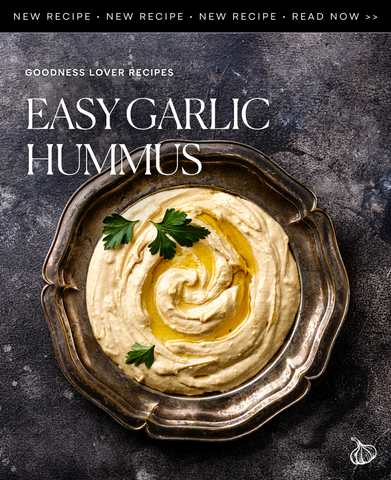









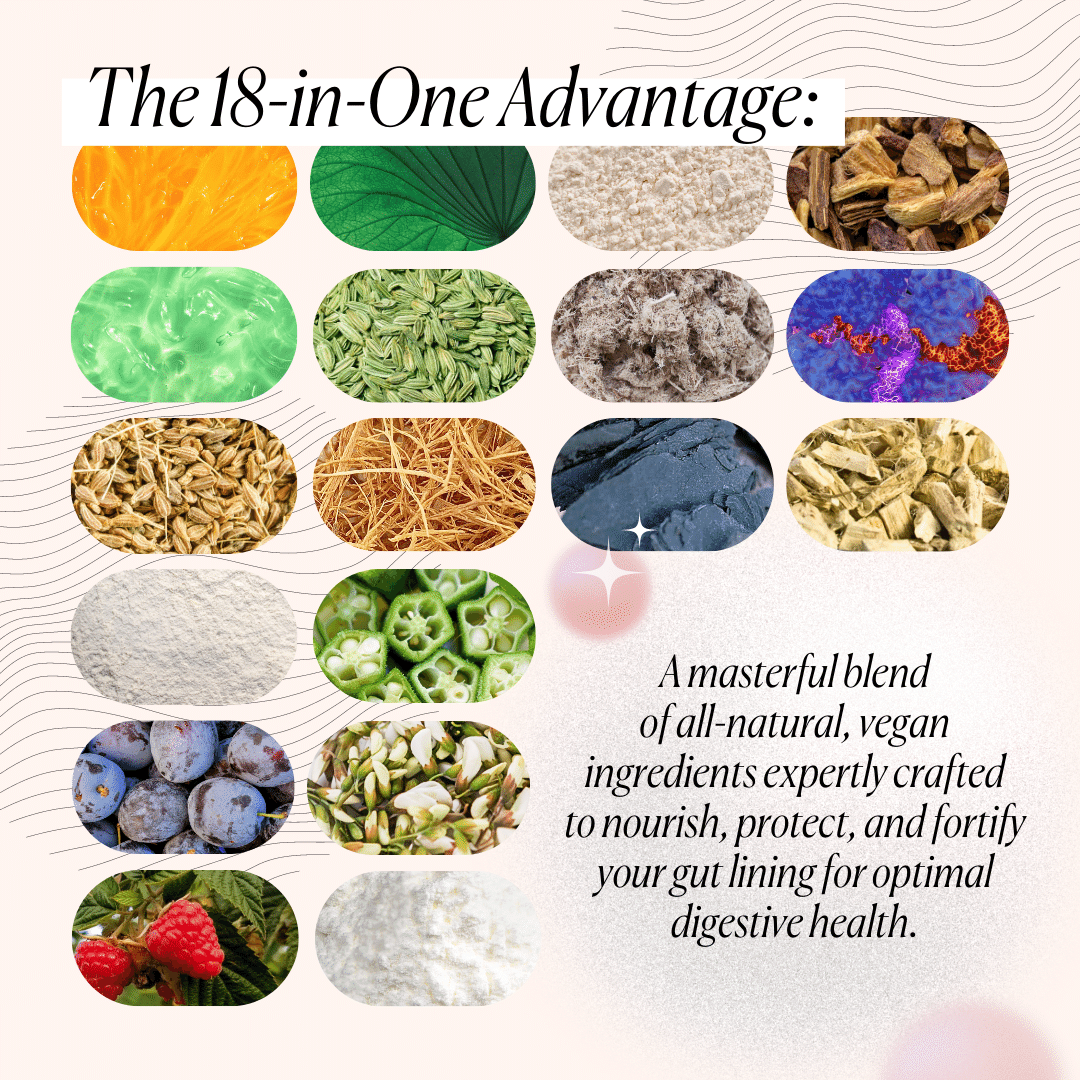
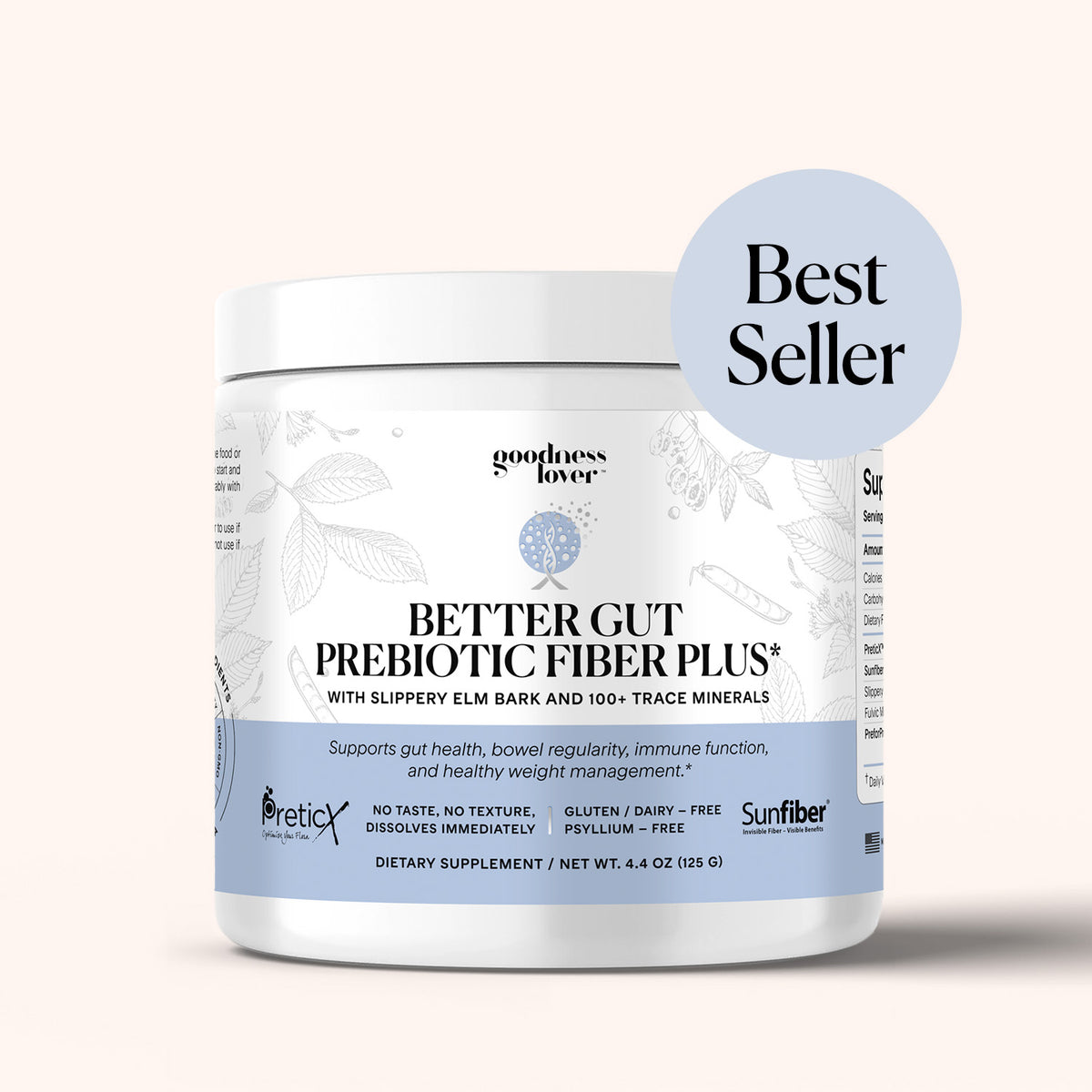

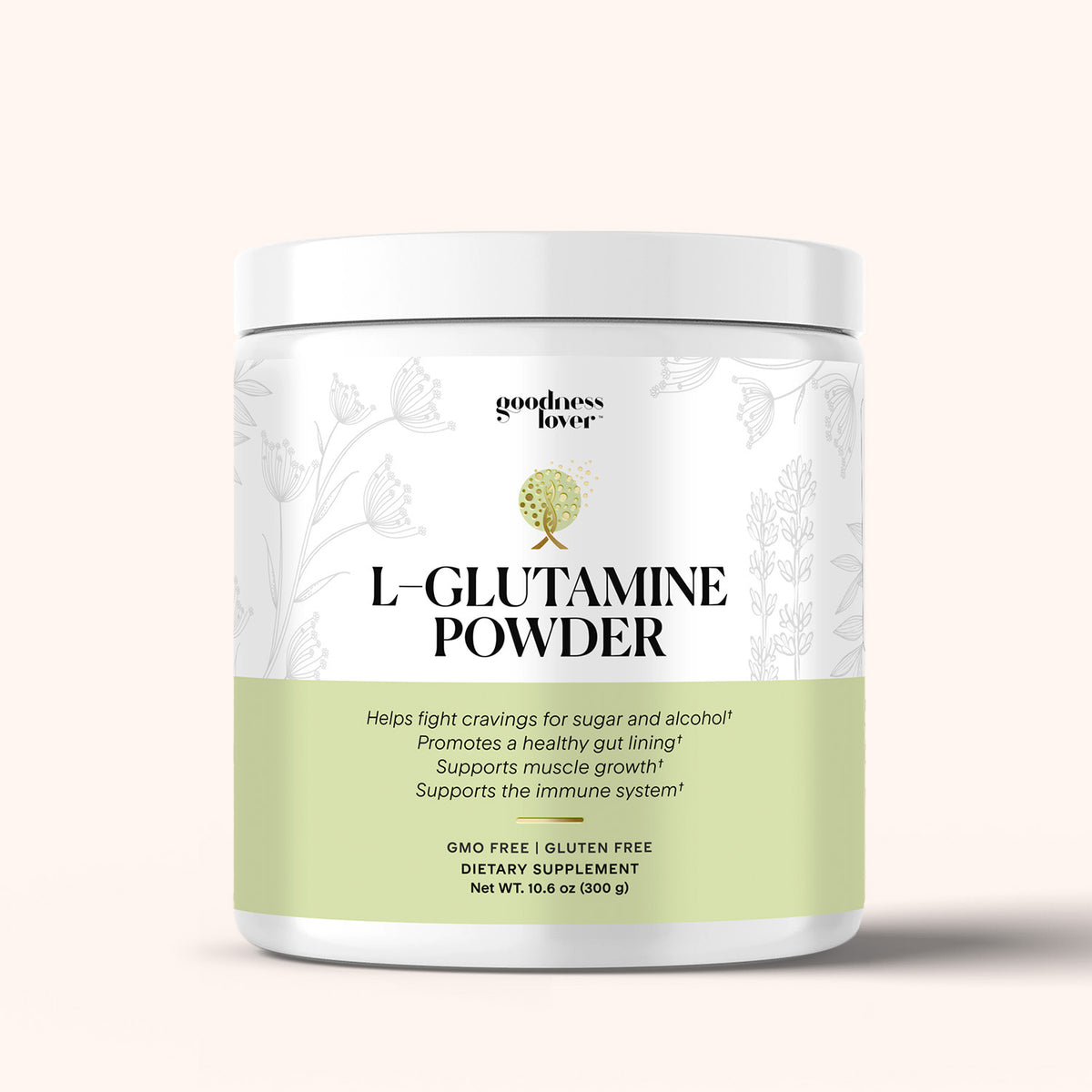
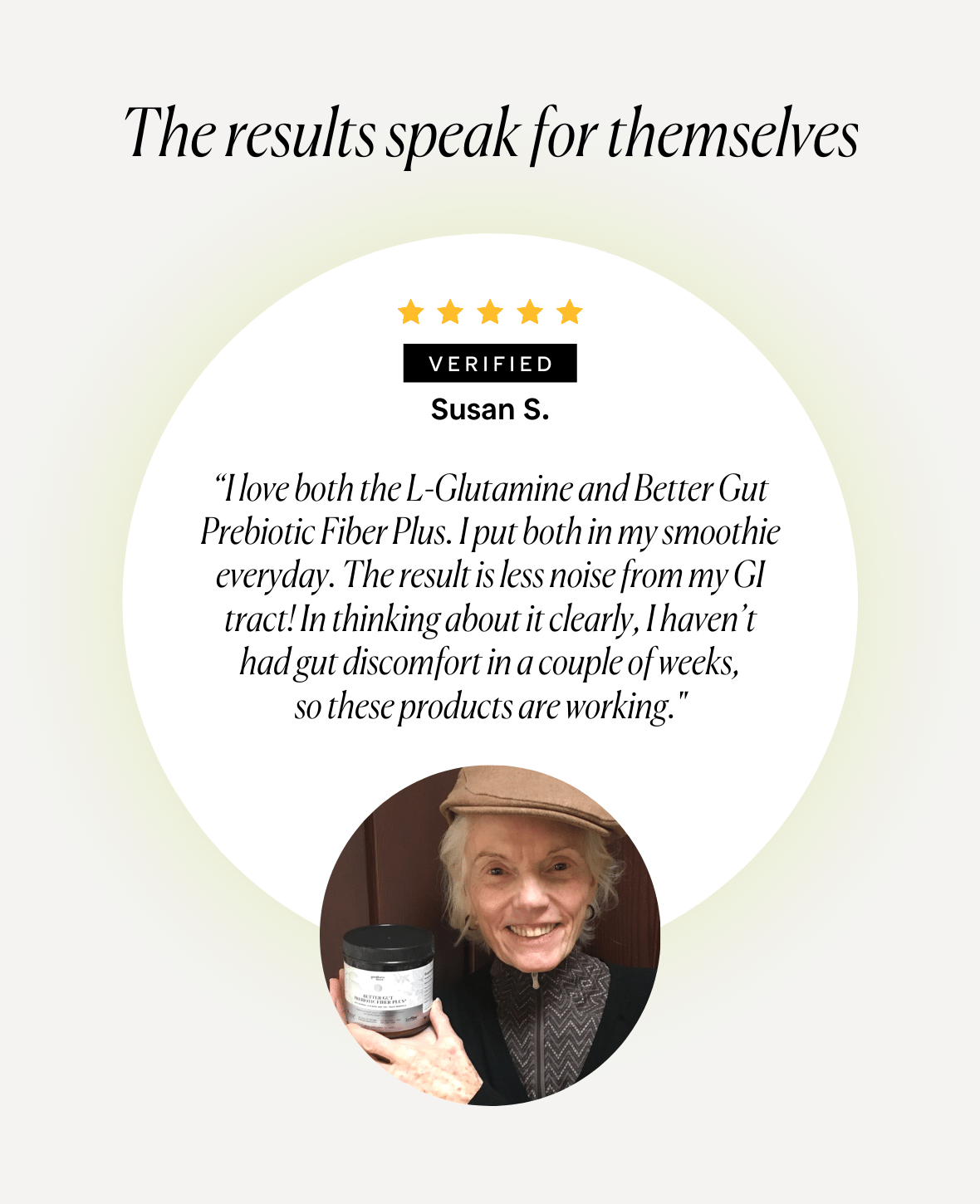
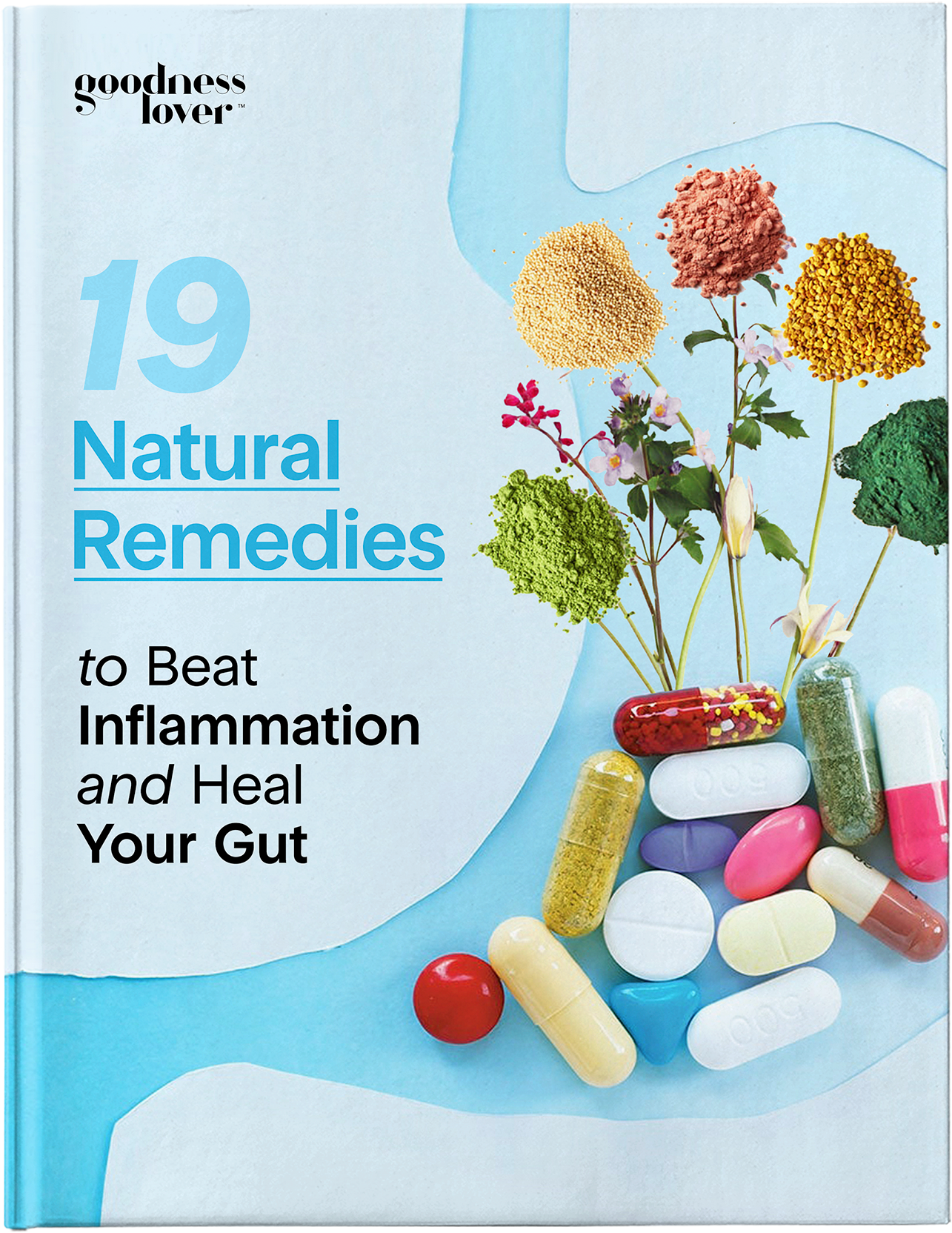
What Do You Think? Comment Below: